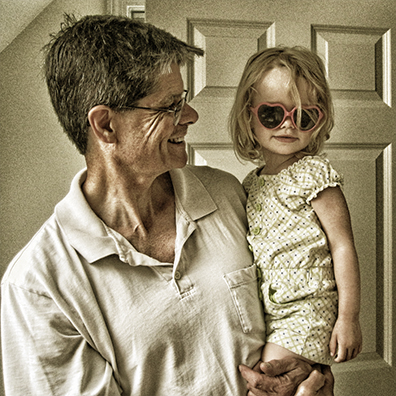Boston Symphony Orchestra concludes 2016-17 season.
Friends in the balcony? Soprano Kristine Opolais waves after Mahler's Fourth, with Andris Nelsons and the Boston Symphony Orchestra. Winslow Townson photograph.
With a set of sturdy collaborations, and adding another chapter to the ongoing Shostakovich recording project, music director Andris Nelsons brings the Boston Symphony Orchestra’s subscription season to a close this weekend.
Shostakovich’s incidental music to “King Lear,” Rachmaninov’s fourth concerto (Leif Ove Andsnes), and Mahler Four (with soprano Kristine Opolais); not the most inviting or cohesive program, but one that showed Nelsons at his strengths.
Nelsons selected sections of the “Lear” music that highlighted color and inventive scoring. It hardly serves as an overview of the drama, or of Shostakovich’s entire musical vision for the play. But the selections—four fanfares, interspersed with the characterful delineation of a handful of scenes—seem like a brilliant stroke as complements to the symphonies.
Nelsons has striven to create a larger context for the orchestral recordings, moving them up and away from the lugubrious political history and further into the realm of multifaceted repertory staples. Straightforward approaches and detail-oriented performances have done this superbly; adding this incidental music, just a fraction of the large body of theatrical work Shostakovich did in collaboration with prominent Soviet directors, magnifies this approach in another way.
The fanfares were all of a sturdy, idiosyncratic nature, quite unusual. Of the half dozen scenes depicted, Returning from the Hunt, with William Hudgins’s lush and low clarinet filling the vocal line, and the percussive doom of Gloucester’s Blinding, are both sure to appeal directly to those who listen carefully to the recording. So too the driven Scene on the Steppe, with all the strings banging con legno, and the winds weaving a hapless melody.
Even though the Rachmaninov Fourth Concerto remains a work whose goals seem only partially achieved, Andsnes was a listener’s delight. The concerto meanders; the artist worked to lead it home.
Andsnes performs calmly and with strength. Authoritatively, but without muscular histrionics. He’s a probing artist, and if he was struggling to form articulate ideas about this concerto, the struggles stayed internal.
It’s a hard work to enjoy unequivocally. There certainly is no defining melody in the first movement, and no cadenza to bring far-flung ideas to order. (There are no cadenzas at all in the concerto.) Its melodies throughout are hesitant, or simple; perhaps a better approach as a listener would be to consider them “ideas toward melody.”
Andsnes and Nelsons worked a solid partnership for this, and that was the most memorable thing about this performance. The depth and predominance of the orchestral writing helps this concerto greatly. The finale has great shape because of it; rather than a soloist defining the path, here the ensemble does. When Nelsons sent Andsnes out for two solo bows by himself, it seemed to miss this point: the success of this performance was collaborative.
It must take tremendous confidence to write the music of heaven. For Mahler, that music comprises pastiche ideas, tossed about in various ways around the orchestra. Part fanciful (the scordatura fiddle that concertmaster Malcolm Lowe switches to, on and off, for the scherzo; the melody exchanges through sections), part breathtakingly gorgeous—the slow movement, throughout—Mahler’s heaven lacks depth, but exudes carefree beauty.
The entrance of soprano Kristine Opolais, theatrically from stage right, just after the false conclusion of the third movement, while the orchestra was actually concluding the movement, spoke volumes.
Despite her forcefully bold appearance, Opolais’s voice is lyric and light. Not suited to every role, it certainly is to this. She eased her way through the nowadays comic lyrics of Mahler’s setting from Das Knaben Wunderhorn (in short: plenty of food in heaven, not for vegetarians, and—who knew—there are thousands of virgins).
It was a performance, with Nelsons in complete command of his ideas and his forces, which made one wish Mahler’s symphonies were also on his recording docket, along with Shostakovich, Bruckner and Beethoven. We’ll have to wait.
CADENCE: Rachmaninov dedicated the 4th piano concerto to Nikolai Medtner, a pianist and friend, and a composer as well. Medtner’s music has found a resurgence thanks to the championing of Marc-André Hamelin, who performs this evening at Jordan Hall (not Medtner this time though). The only previous BSO performances of Rachmaninov's Fourth were in 2002 (Garrick Ohlsson) and 2006 (Yefim Bronfman). This final program book has the helpful list of the entire BSO repertory and performers from the season. One female composer. One.
This BSO program repeats this afternoon and Saturday evening. 888-266-1200; bso.org





